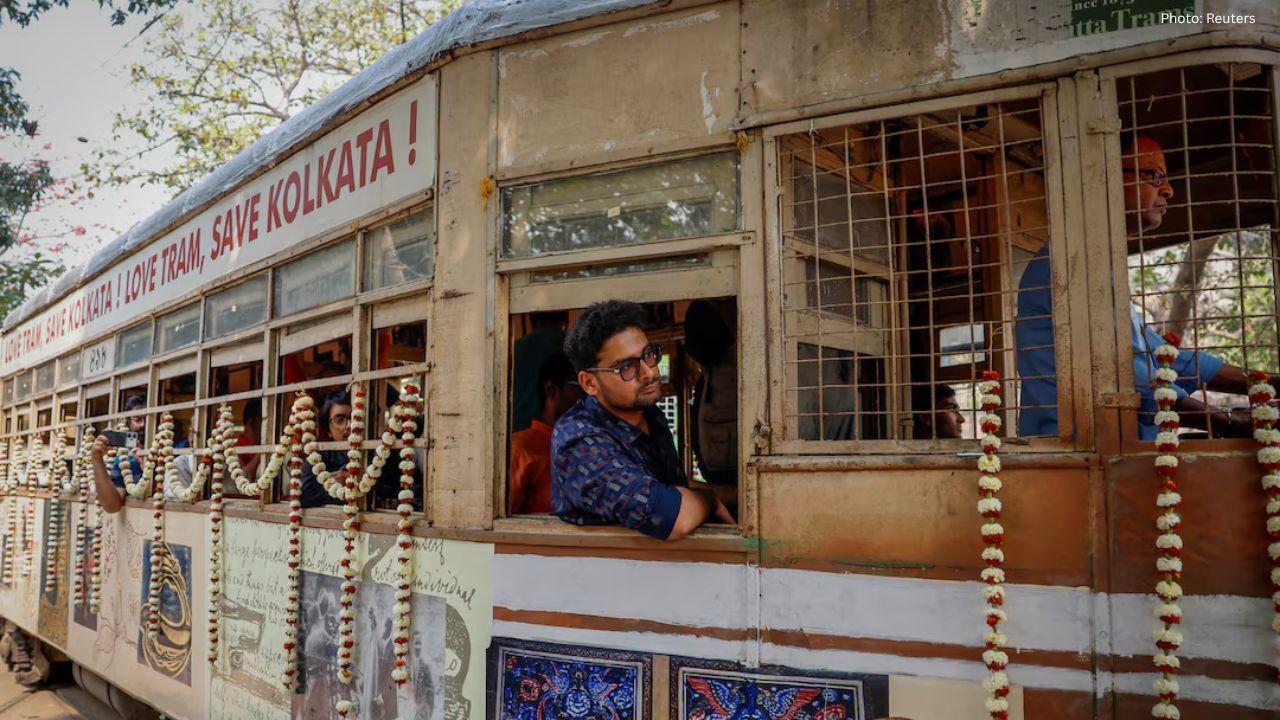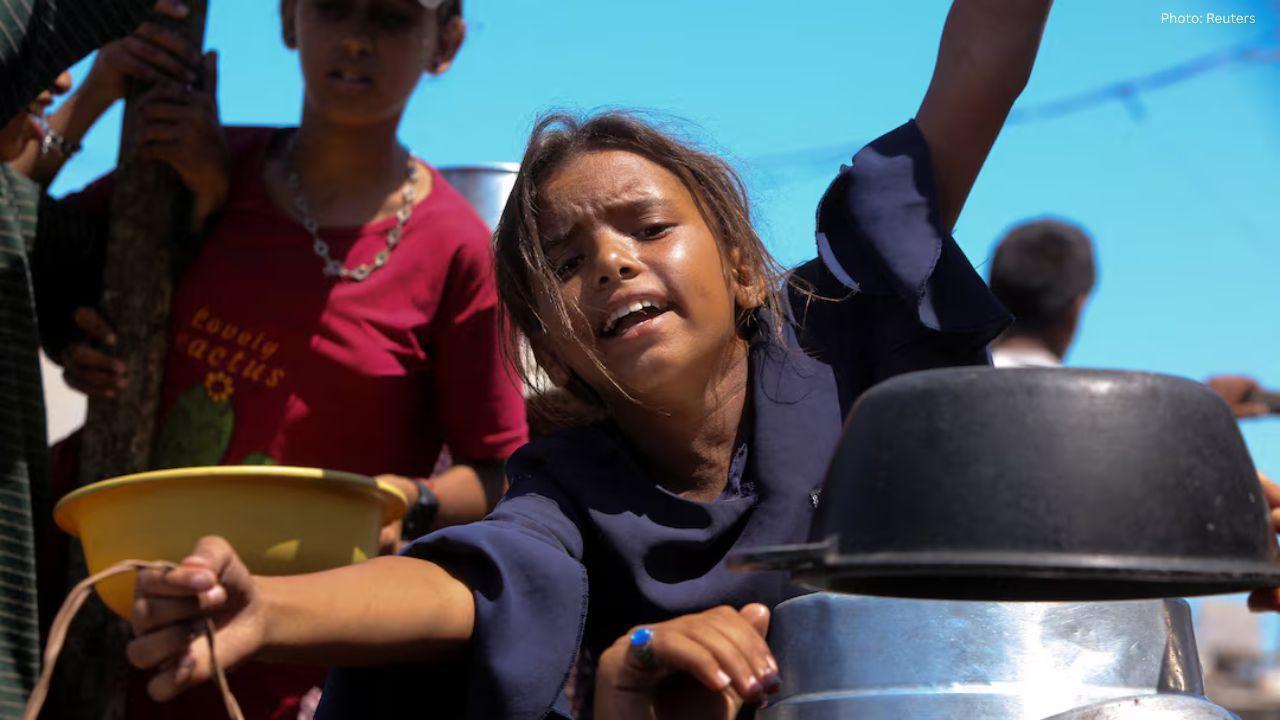You have not yet added any article to your bookmarks!

Join 10k+ people to get notified about new posts, news and tips.
Do not worry we don't spam!

Post by : Anis Farhan
Asia’s travel landscape is entering a new chapter in 2025 — one defined by deeper meaning, authentic connections, and unforgettable flavors. While tourism has always been about discovery and leisure, the post-pandemic traveler is thinking differently. People are no longer just ticking destinations off their bucket lists; they’re seeking journeys that align with personal values, community impact, and cultural immersion. From eco-friendly itineraries to once-overlooked food hubs now making global headlines, the region is setting the tone for how travel will evolve worldwide.
The term “purpose-driven travel” has moved beyond industry jargon to become a mainstream movement. In Asia, this is particularly visible in countries like Thailand, Indonesia, and Japan, where tourism boards are promoting experiences that give back to local communities. Visitors are engaging in hands-on projects — from coral reef restoration in the Philippines to rice planting in Bali — as part of their holiday plans.
Travelers are increasingly looking for opportunities to contribute while exploring. This might mean staying at locally owned guesthouses, choosing transportation options that reduce carbon footprints, or booking tours run by indigenous guides. The motivation is simple: to ensure the trip leaves a positive impact, both environmentally and socially, while creating richer personal memories.
Food has always been part of the travel experience, but in 2025 it has become a primary reason for booking a trip. Across Asia, culinary tourism is booming, and it’s not just about eating at famous restaurants. Tourists are seeking immersive food experiences — think foraging with local chefs in Malaysian rainforests, learning the art of sushi-making in Tokyo, or sampling centuries-old spice blends in Indian markets.
Destinations are also leaning into their food heritage as a selling point. Cities like Penang, Osaka, and Ho Chi Minh City are actively branding themselves as culinary capitals, drawing food-loving travelers who plan their itineraries entirely around meals. This focus on gastronomy goes hand in hand with sustainability, as many travelers now seek dishes made from seasonal, locally sourced ingredients.
One of the most significant changes in travel patterns is the movement away from over-touristed hotspots to lesser-known locations. This shift is partly driven by environmental concerns and partly by the desire for authenticity. Countries like Vietnam are promoting provinces beyond Hanoi and Ho Chi Minh City, while Indonesia is spotlighting islands outside of Bali.
This trend benefits both travelers and local economies. Visitors enjoy more personal, less crowded experiences, while smaller communities gain from increased tourism revenue. Governments across Asia are investing in infrastructure to make these secondary destinations more accessible, ensuring travelers can enjoy off-the-beaten-path adventures without compromising comfort.
Wellness tourism in Asia is not a new concept — places like India’s yoga retreats or Thailand’s spa resorts have been popular for decades. However, in 2025, the concept has expanded to incorporate mental health, emotional wellbeing, and holistic healing. Instead of a single spa day, travelers are booking week-long wellness programs combining meditation, fitness training, digital detoxes, and cultural therapy.
Destinations such as Sri Lanka and Bhutan are tapping into their traditions to offer wellness experiences rooted in local wisdom. These packages often blend modern amenities with ancient practices, such as Ayurveda treatments, hot spring therapies, or mindfulness walks through sacred landscapes.
Environmental consciousness has become a defining feature of Asia’s tourism strategies. From banning single-use plastics in national parks to promoting solar-powered accommodations, destinations are embedding sustainability into their tourism frameworks.
Travelers in 2025 are more likely to choose eco-friendly lodging even if it comes with a higher price tag. Resorts that use renewable energy, employ local staff, and participate in conservation programs are now in higher demand. National parks across Malaysia, Nepal, and Cambodia are witnessing increased footfall from travelers who view their visit as both a leisure activity and a way to support preservation.
High-end travel in Asia is shifting from purely indulgent to culturally rich. Luxury hotels are partnering with local artists, craftsmen, and performers to give guests immersive cultural access without leaving the property. This hybrid of comfort and authenticity appeals to travelers who want to experience culture without compromising on service and amenities.
From private tea ceremonies in Kyoto to bespoke textile-weaving workshops in Laos, luxury travelers are seeking deeper engagement with the communities around them, and in turn, helping sustain traditional crafts.
Technology is becoming an invisible yet essential companion for the modern traveler. AI-powered travel apps suggest hidden attractions based on personal interests, while augmented reality (AR) tours allow visitors to explore historical sites with rich, interactive storytelling.
Contactless payments, biometric check-ins, and digital translation tools are removing traditional travel barriers, making it easier for tourists to navigate unfamiliar places. In Asia, countries like Singapore and South Korea are leading the way with smart tourism initiatives, integrating technology seamlessly into the travel experience.
Group travel is evolving beyond large, impersonal tours. In 2025, smaller, interest-based travel groups are in demand. These trips focus on shared passions — photography, hiking, cooking, or history — and bring together like-minded individuals from different backgrounds.
Asia’s diverse landscapes and cultures make it an ideal setting for such trips. Whether it’s a cycling tour through Vietnam’s countryside or a guided art walk in Jaipur, group travel is offering deeper connections both to the destination and between travelers.
Adventure travel in Asia is expanding rapidly, fueled by travelers who want to combine leisure with physical challenge. Hiking in Nepal, diving in the Maldives, rock climbing in Thailand, and volcano trekking in Indonesia are among the activities seeing a rise in bookings.
Tour operators are designing itineraries that balance adrenaline-pumping experiences with opportunities to rest and enjoy the surroundings. Safety and sustainability remain central, with trained guides and eco-friendly practices ensuring responsible tourism.
Families are increasingly traveling in multi-generational groups, with grandparents, parents, and children sharing the same holiday. Asia’s family-friendly resorts, cultural heritage sites, and nature escapes cater to this trend with activities suitable for all ages.
This kind of travel allows families to reconnect across generations while exploring new destinations together. It also creates lasting memories rooted in shared experiences, from cooking classes in Vietnam to temple visits in Cambodia.
Festivals are no longer just local celebrations; they are becoming major travel motivators. Travelers in 2025 are planning trips around events such as Holi in India, Songkran in Thailand, and the Lantern Festival in Taiwan. These festivals offer unique opportunities to witness traditions firsthand while participating in the joy and energy of the occasion.
Countries are promoting such events internationally, often packaging them with cultural tours and culinary experiences to attract visitors year-round.
Remote work has redefined the boundaries between professional and personal life. Asia, with its affordable living costs, strong internet infrastructure, and diverse attractions, has emerged as a top choice for digital nomads. Cities like Chiang Mai, Kuala Lumpur, and Bali have established co-working hubs and long-stay visa options tailored to remote workers.
Workations blend productivity with exploration — a morning of online meetings followed by an afternoon temple visit or beach stroll. This lifestyle appeals to professionals seeking a better work-life balance without sacrificing their careers.
Beyond trends and data, 2025’s Asian travel boom is deeply emotional. People are craving connection — with themselves, with others, and with the world. Travel satisfies that longing by offering fresh perspectives, memorable encounters, and a sense of belonging in unfamiliar places.
Purpose-driven journeys and culinary exploration embody this shift. They offer more than just a change of scenery; they provide meaning, story, and flavor that linger long after the trip ends.
This article is based on current travel industry observations, regional tourism board announcements, and consumer behavior patterns as of 2025. Trends may vary depending on economic shifts, geopolitical changes, and environmental factors










Two Telangana Women Die in California Road Accident, Families Seek Help
Two Telangana women pursuing Master's in the US died in a tragic California crash. Families urge gov

Ranveer Singh’s Dhurandhar Roars Past ₹1100 Cr Worldwide
Ranveer Singh’s Dhurandhar stays unstoppable in week four, crossing ₹1100 crore globally and overtak

Asian Stocks Surge as Dollar Dips, Silver Hits $80 Amid Rate Cut Hopes
Asian markets rally to six-week highs while silver breaks $80, driven by Federal Reserve rate cut ex

Balendra Shah Joins Rastriya Swatantra Party Ahead of Nepal Polls
Kathmandu Mayor Balendra Shah allies with Rastriya Swatantra Party, led by Rabi Lamichhane, to chall

Australia launches review of law enforcement after Bondi shooting
Australia begins an independent review of law enforcement actions and laws after the Bondi mass shoo

Akshaye Khanna exits Drishyam 3; Jaideep Ahlawat steps in fast
Producer confirms Jaideep Ahlawat replaces Akshaye Khanna in Drishyam 3 after actor’s sudden exit ov